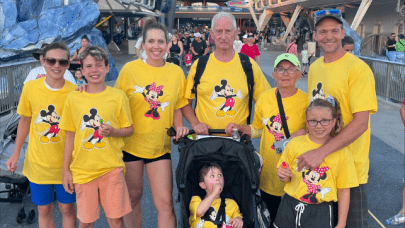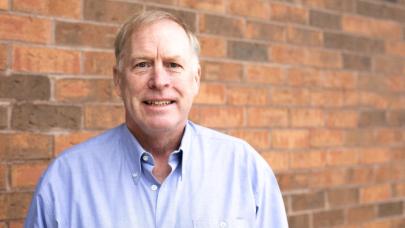Support Cardiac Care
The heart is the body’s strongest muscle, yet cardiovascular disease remains the leading cause of death
worldwide. When the stakes are this high, our standard of care must be even higher. By advancing technology
and expanding minimally invasive procedures, we can help patients heal faster and return home sooner.
Your support has the power to make change possible.
Donate now
Some moments only happen once. Thanks to advanced cardiac care at London Health Sciences Centre, families get to share them—first steps, celebrations and everyday joys. Together we can beat heart disease and make more tomorrows possible.


